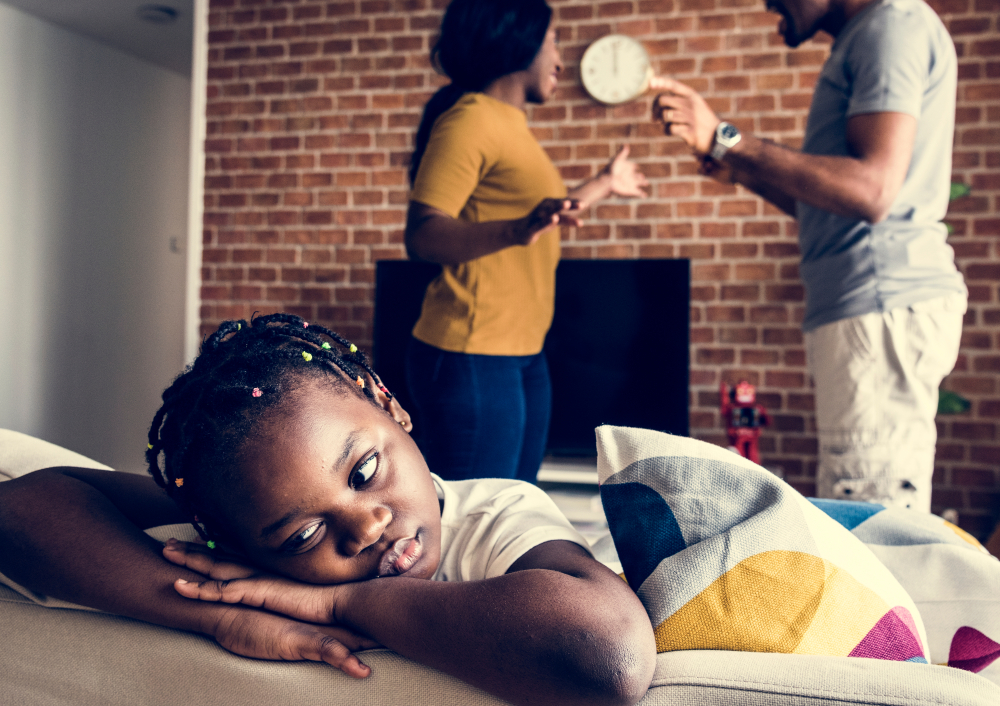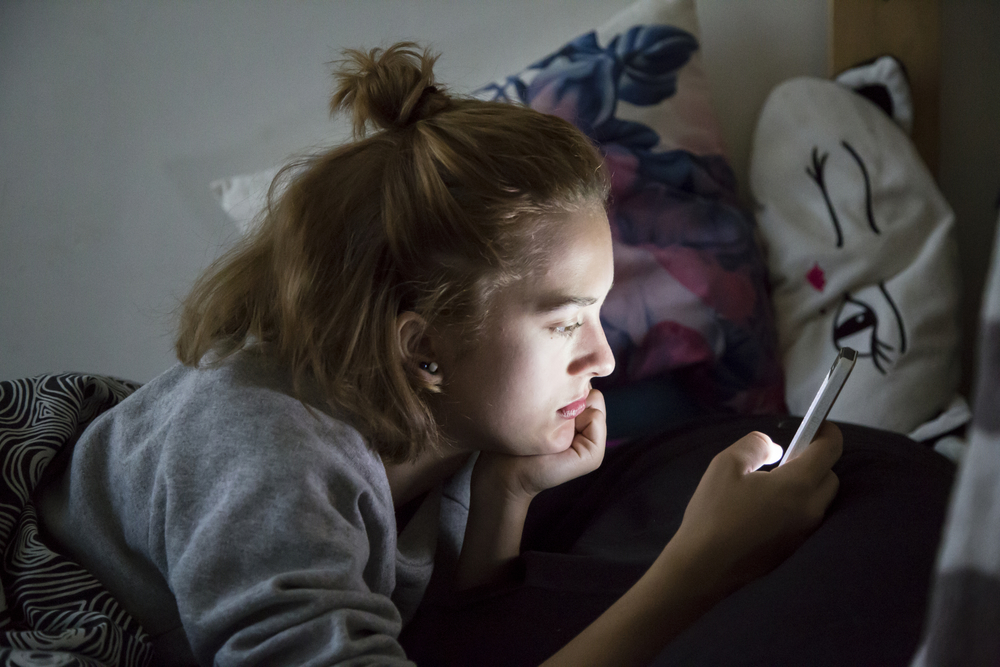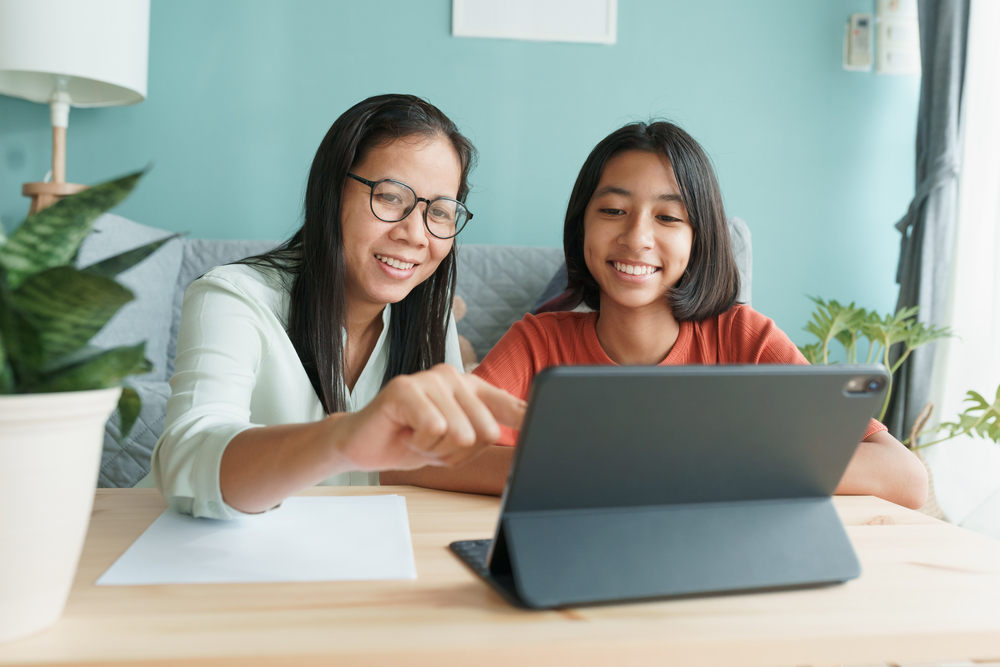
COVID-19 started as something happening ‘far away’ from us in the West, only to influence our total existence within a few months. What we all thought as a ‘common flu’ at the beginning, turned out to emerge into a global pandemic and affect our daily lives – even our freedom; who would have thought?
For the first time, nations shut down. Schools, working spaces, borders, countries – all closed. Empty streets and empty capitals; governments all around the world asking people to stay safe at home, avoid contact with others, stop touching (being a Mediterranean this hurt me the most) and work from home. This policy resulted in parents working full time jobs and home-schooling, while some children and adolescents (in such a fragile developmental stage of their lives) were severely affected. Forget play dates for the kids; these were transformed into virtual play dates, where no physical contact was allowed. Forget months of efficient teaching, exams, socialising, effective learning. Forget healthy sleep.
I am not a child or an adolescent anymore, but I still remember the H1N1 pandemic in 2009, when my school was shut down for one month. A decade ago, technology was not so advanced, so there were no webinars or online teaching for us. Instead it resulted in increased time in front of the television, grumpiness and boredom. However, we were relatively lucky as we still had the option to go out and play, find friends and socialise; we didn’t experience national lockdown.
Researchers Eshal Sajid and Dr Sajid Saleem (teenage daughter and father) aimed to identify how parents and children felt during the COVID-19 pandemic, in order to develop helpful guidelines for families to peacefully share their very private (and sometimes quite small) space during the lockdown. Although we can all roughly imagine how difficult it can be for many people to stay home for so long, what is the evidence telling us about children and young adolescents?
Eshal Sajid is presenting the results of her research at a Facebook Live event taking place at 7-8pm on Thursday 2nd July, so tune in to that if you want to find out more: https://cospaceoxford.com/facebooklive

COVID-19 pandemic drastically changed our lives worldwide. While schools, borders and nations shut down: how did lockdown affect young people and their families?
Methods
The study followed a qualitative design, as the researchers gathered data from both parents and children through cross-sectional surveys and focus groups.
The research questions explored the experiences of COVID-19 by asking young people about their current emotional state, how they were coping with home-schooling, what they were looking forward to and what could the rest of the family do to make life easier. These objectives drove the design of the survey questions and the questions asked during the focus groups.
The survey was developed online using Google Forms as a main platform. The recruitment of participants was succeeded through the dissemination of the survey using various channels. Teachers from Upton Court Grammar School distributed the survey among their students and the research team circulated the survey via email and social media. All participants were given the opportunity to opt-in to the focus groups.
Qualitative data were analysed using thematic analysis, while frequencies were presented from the survey data.
Results
In total, 31 people completed the survey – 11 adults and 20 children. Out of those, 4 adults (3 males; 1 female) and 4 children (2 males; 2 females) also participated in the focus groups.
Seven themes emerged from the data:
1. Routine is important
All participants felt that having a flexible routine was vital in order to cope with the lockdown situation. While parents agreed with this, they believed a stricter routine would be more beneficial for their children.
I need a routine. I’ll spiral out of control if I don’t have one.
2. Increase in screen time
The majority of young people said that their screen time had gone up during the lockdown. Although screens have been incorporated into our daily lives (and should be) parents need to draw limits.
Screens have overtaken our lives and are probably the thing many young people would say they couldn’t live without.
Watch the #EmergingMinds screen time webinar with Amy Orben and Pete Etchells for more information on safe screen time use in young people.
3. False information and fake news
20% of children felt that their parents believed untrue information in regards to COVID-19 and that was worse for their wellbeing. False information can intensify worries and stress, so it’s extremely important to use reliable news sources.
4. “No time like the present!” – opportunity to bond
Both children and parents felt the need to spend more time with each other and bond. Although this can prove very challenging due to the living situation during lockdown, if both parties respect each others’ privacy and communicate their needs effectively, it can be achieved.
5. Choice of exercise
While many participants reported engaging in physical activity, young people felt pressure from their parents to engage with a specific type of activity, e.g. outdoor exercise, when indoor exercise was also feasible.
The report recommendations ask parents to please listen to their children and try to communicate their thoughts without imposing their opinion on the young people; even out of love.
6. Productivity OR procrastination?
All children felt they needed to be encouraged to work and stay focused; otherwise procrastination might win out. As already said above, routine was the key.
I need parental checks – I wouldn’t be able to get any work done otherwise.
7. Mental health and wellbeing
All participants reported that quarantine helped them to reflect on their mental health and work towards improving it. Being away from school and stress-related daily life offered an opportunity to focus on their wellbeing. Parents preferred a strict routine and daily walks outdoors.
Key findings from the survey suggested that children were extremely worried about their education, job prospects and what the future might hold for them, while parents were mostly worried about their children’s education, mental wellbeing and physical health. Besides their worries, children seemed to feel positive about returning to school and meeting friends again.

Both young people and their parents reported that routine is important to beat procrastination, while lockdown was seen as an opportunity to bond, exercise and take care of their mental health wellbeing.
Conclusions
In conclusion, the researchers indicated that both children and adults have experienced challenges during the coronavirus lockdown; some of which were shared, while others were unique to each age group.
Young people expressed that routine is important to beat procrastination, while lockdown was seen as an opportunity to bond, exercise and take care of their mental wellbeing. Parents reported worries about their children’s education, mental wellbeing and physical health, while children were mostly worried for their future and prospects.

Research shows that children and adults have experienced challenges during lockdown; some shared, and others unique to each age group.
Strengths and limitations
To my knowledge, this was the first COVID-19 study to address children directly and to be led by a young person (15 year-old Eshal Sajid), which I found extremely clever. We tend to ignore the voices of young people and assume how they feel. During lockdown, I often heard adults saying things like “children don’t understand”, and this study shows the opposite. Children do understand, they have their own feelings, thoughts and worries; just (sometimes) different from those of adults. What I found extremely impressive is the fact that one of the leading researchers is herself a young adult – well done to you Eshal!
However some limitations do exist:
- We cannot draw conclusions or generalise these findings, as it’s a very small sample of people who completed the survey (N=31) and participated in focus groups (N=8). It would be good if a follow-up study explored these themes further using a bigger sample.
- The study does not describe the process followed by the researchers to validate the questionnaire used for the survey (e.g. face or content validity). This kind of validation would allow the use of these questions in future studies focusing on other population samples.
- Age was not mentioned as a factor. I didn’t quite understand how the research team eliminated participants; did they set any inclusion and exclusion criteria? Were all young people included? Was there a minimum age requirement for the study?
- Although Google forms are user friendly, the researchers would not have been able to track the IP addresses of computers accessing the survey, so it’s possible that the same person may have posted duplicate or multiple entries, which would bias the validity of the findings.

The study allowed young people to express their own experiences and worries around the global pandemic, but as with any small study there are limitations regarding the validity and generalisability of the findings.
Implications for practice
We need to highlight the research implications of this study. New ideas can be drawn, especially the longitudinal exploration of post-COVID-19 outcomes for this age group. Personally, I would find it interesting to examine family ties and dynamics after lockdown has ended; communication patterns amongst parents and children; lessons learned from COVID-19 using a mixed-methods study design. This study is further evidence, not that we needed it, that families should listen to each other.
Facing national lockdown, I was overwhelmed by feelings of insecurity and loneliness myself and I decided to fly back home for a while. If I went back in time, I would have made the exact same decision. But let’s face it; after years of living independently, sharing a roof with parents, two siblings and a dog was quite a task. I would agree with some of the study participants – lockdown was an amazing opportunity for bonding, in-depth discussions and self-reflection. My hope is that parents will accept their children’s need of privacy, mood swings, temper and self- development. Dear parents (if you are reading this you too), you don’t need to understand, only to accept and respect that we are different.

The findings highlight worries and unique experiences of parents and children, and also flag up new directions for research post-lockdown and post-COVID-19 outcomes.
Statement of interests
None.
Links
Primary paper
Sajid E. and Saleem S. (2020). COVID-19: What does it mean for my family and I? A journey through the eyes of a child (PDF). Last accessed: 29 June 2020
Sajid E. (2020) How am I surviving the Covid-19 pandemic? An open letter to parents (PDF). Last accessed: 29 June 2020
Photo credits
- Photo by Glen Carrie on Unsplash
- Photo by Micael Navarro on Unsplash
- Photo by Glenn Carstens-Peters on Unsplash

hi dafni, thank you so much for taking the time out to review my study! it’s much appreciated :)
Fantastic !
Hi Eshal,
My pleasure! Well done for conducting important research so young! x